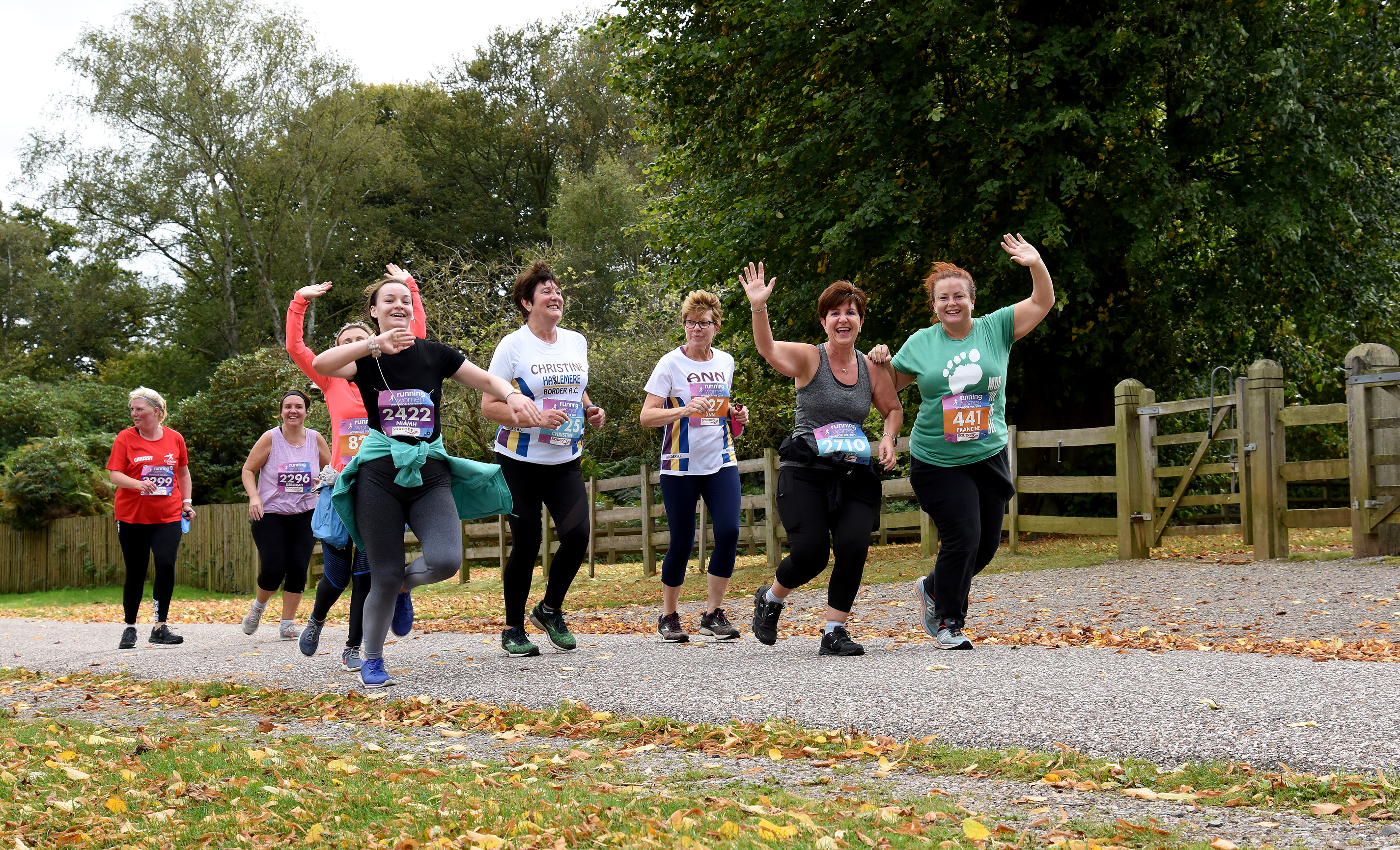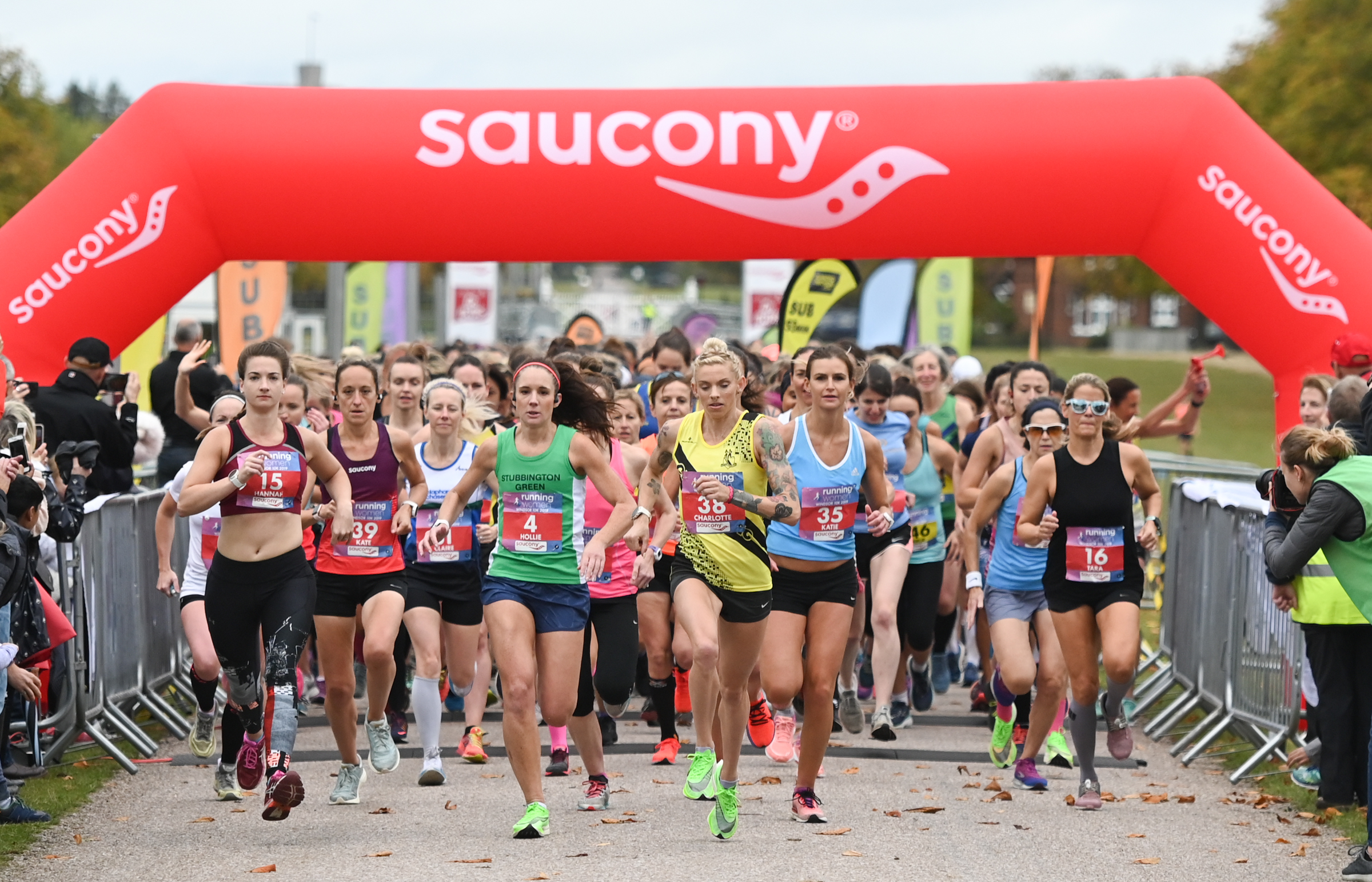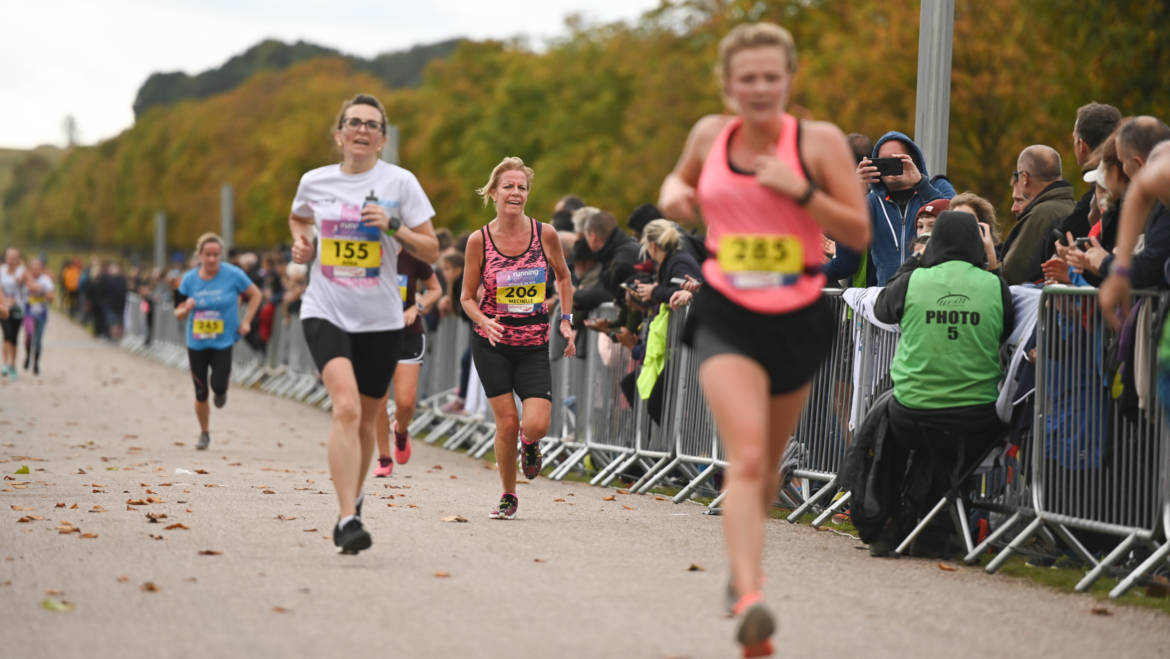Run Recovery Methods to Maximise Your Running
Run Recovery Methods to Maximise Your Running
Recovery is often the most ignored element of running, yet it’s also one of the most important – without proper recovery, you risk both physical injury and mental burnout. The focus of recovery is to bring your body to a natural state. This includes a body with the energy to do the weekly shop, a body without lactose in its muscles, and a mind motivated to run the next training session.
Why is run recovery so important?
We’ve got one word for you – Growth. Your muscles and the systems that support your running don’t actually grow in your interval sessions. They grow in the recovery time after, whilst your body undergoes processes that repair your muscle fibre. If your muscles are not given enough help in repairing these fibres, such tears will continue to build up which will eventually result in injury.
The 3 Rs of run recovery
Effective recovery is all about ensuring that your body is completing the 3 Rs: repairing, resting and replenishing. This is a concept used by main coaches and runners that help ensure focus on this easily-forgotten element of running.
Under each of these 3 Rs, we explain elements and methods of recovery that will help your muscles and mind get ready for the next session, and maximise your performance and growth.
Repairing:
Cool Down Properly
A cool down is a must because your actions during this time can significantly increase your recovery speed – or hinder it. Skipping a cool down can increase the risks of blood pooling, which subsequently leads to your blood pressure dropping, causing dizziness. Avoid that by implementing these sections into your cool-down routine.
- An activity that brings your heart down to a normal bpm, such as transitioning into a jog for at least 5 minutes.
- Make your movements even slower by walking for a few minutes. This is the perfect time to reflect on your run and also tune into your body and how it’s feeling
- Jump into your post-workout recovery routine… continue to read to find out what this could entail!
Ice Baths:
Whist ice baths are often seen as something only elite runners do, they can benefit each and every runner! Studies have shown that ice baths post-workout can help nerves, tendons and muscles to return to their natural state by allowing blood vessels to contract (work a bit harder, stimulated by the cold!), moving the toxic waste away from the muscles.
Here are some tips for having a post-run ice bath:
– Don’t plunge straight in! – work up to more ice and a longer ice bath
– Focus on the lower half of your body – after a run it’ll be your leg muscle groups that’ll want the most attention
– Build up to it – start with cold water, then each time add another bag of ice cubes
Resting:
Over Training
When some runners are desperate to improve their performance, they look to increased volume and intensity to do this. Because more running means more improvements, right?
Wrong. The risk of overtraining is huge and very likely to land you with an injury if you overtrain. It will probably also cause your performance levels to drop, not improve. There’s no right or wrong amount of training you can do because every runner is different, so make sure you learn to listen to your body and appreciate that sometimes it will need more rest.
Active Recovery:
Recovery doesn’t have to mean sitting on the sofa or doing nothing. The most effective type of rest is active recovery – light exercise which doesn’t put too much stress on the body, but stimulated blood flow to flush out lingering lactic acids.
Examples of active recovery can include other sports that engage other muscles and joints. For example, easy cycling, swimming, yoga or you could do a light jog. The amount of recovery varies between runners, but a day or two after a hard session should be enough.
Replenishing:
Hydrate
The sweat you’ve just had dripping down your face has taken both fluids and electrolytes (such as salt) out of your body, so one of your first jobs post-run should be to get that back inside you.
Why?
Because water is a much-needed component to help your body function. It helps move nutrients and electrolytes around your body, especially to your muscles. Post-run your muscles will be needing all the nutrients they can get, to replenish their stores as well as rebuild themselves – you see how it’s all connected!
Water not only brings goodness to your muscles but also takes that toxic lactate waste away from your muscles, helping you to avoid the dreaded DOMS.
How?
The amount of water you need post-workout will vary from one runner to the other and one run to the other. The key to staying hydrated is not to just drink lots after your run, but to ensure you’re hydrated in the hours before, and often during your run too.
A good rule of thumb is, that if you’ve kept hydrated before your activity, you shouldn’t need much or any water during that activity until you’re 1 hour in. So for those long runs, it will be worth carrying a water bottle with you or doing a lapped route so you can leave a water bottle in one spot and take a drink when needed.
Eat to Recover:
Much like with the running you’re doing, eating to recover is not all about the quantity of calories you put in, but also the type and the quality. You should aim to eat about 30-60 minutes post-run because your body is better at absorbing nutrients during this time; absorbing the carbohydrates to replenish muscle glycogen, and protein to replenish your amino acid stores.
This fuel can be consumed in the fluid form if you don’t quite have the stomach for it! The amount of both carbohydrates and protein that you should eat will depend on your ability, training intensity, goals and preferences… but you do need something!
Got more questions about your recovery? Check out our blogs posts for the answers!
Top 10 hydrating foods
How to stay hydrated in summer
Still time to enter the Windsor Women’s 10k Saturday 28th September click here now
Similar Posts:
- Run Recovery Methods to Maximise Your Running
- Post-Marathon Recovery Checklist
- How to Improve Your 10K Time: Training, Nutrition, and Lifestyle Strategies. Part 2
- 4 Running Training Tips To Improve Your Races
- How To Recover More Quickly From A Marathon
- An Introduction to 5k Training




Add Comment